With fashion and wellness trends merging more than ever, traditional handwork like crochet, kantha, and embroidery are re-emerging. Let’s explore the generational shift in how women approach these crafts today: as a heritage, a form of therapy, and a rebellion against fast fashion.
Once Upon a Loop and Needle
What was once seen as your grandmother’s pastime- crocheting doilies, stitching kantha quilts, or cross-stitching birds on cushion covers- is now being reclaimed as a form of empowerment and expression. From heritage heirlooms to high fashion, these ‘grandma crafts’ are having a massive revival, and Gen Z is proudly wearing the threadwork their great-grandmothers made with love (and unmatched skill).
Today, they’re no longer reserved for dusty trunks or nostalgia-soaked memories; they’re walking runways, filling Instagram grids, and lining the shelves of ethical boutiques.
Craft Revival on the Runway
The 2025 fashion cycle has seen a surge of hand-stitched details and textile storytelling. Big labels like Dior, Simone Rocha, and even Indian couturiers like Rahul Mishra are showcasing artisanal crafts in their collections- kantha embroidery on coats, crocheted separates, and embroidered capes worn like shields of pride. These elements aren’t just used to accent anymore; they’ve become central to the design story.
The cottagecore aesthetic, too, packed with florals, handmades, prairie silhouettes, owes a huge debt to these slow techniques, now reimagined in high-fashion contexts.
The Slow Fashion Angle
In an era of AI-generated prints and mass-produced micro-trends, the return to handwork is almost radical. Crochet, kantha, and cross-stitch take time, something the fast fashion cycle tries to erase. By choosing handmade pieces, consumers aren’t just picking garments, they’re buying into a mindset that values effort, imperfection, and a deeper connection to clothing.
Kantha, for example, traditionally used to recycle old saris and household textiles, is sustainability before the word ever became a buzzword. Similarly, crochet, once synonymous with hobbyist décor, is now a medium for modular, made-to-measure fashion that avoids overproduction.
Therapy Through Threads
There’s also a deeper, more intimate layer to this revival: mental wellness. Studies have shown that repetitive needlework, like crochet and embroidery, can reduce anxiety, increase focus, and offer a sense of accomplishment. Amid post-pandemic burnout and screen fatigue, young women are turning to threads for more than just aesthetics; they’re finding rhythm, routine, and quiet joy.
DIY kits for kantha, crochet, and embroidery are gaining traction. Brands like Pomogrenade and Tangle India are creating craft kits that cater to beginners, blending tradition with accessibility. For many, it's no longer just a fashion statement; it’s self-care in a looped stitch.
Spotlight on Artisans and Young Makers
This revival is also creating space for those who’ve held the craft down for centuries: rural women, artisans, and small community makers. Young designers are increasingly working with craft clusters across India, Bengal’s kantha artisans, crochet experts in Goa, and embroidery groups in Gujarat, to create pieces that carry both cultural weight and contemporary design.
Meanwhile, young women from non-craft backgrounds are picking up the thread too, whether it’s as slow-living influencers posting crochet bikini tutorials or stylists mixing vintage kantha jackets with sneakers.
Brands Bringing Back these Crafts
Norn Artistry
Norn Artistry creates handcrafted crochet accessories and clothing that blend playful design with traditional techniques. Think vibrant, feel-good pieces- from bags and tops to scrunchies- that bring a modern twist to nostalgic craft. Each item is slow-made, unique, and designed to stand out.
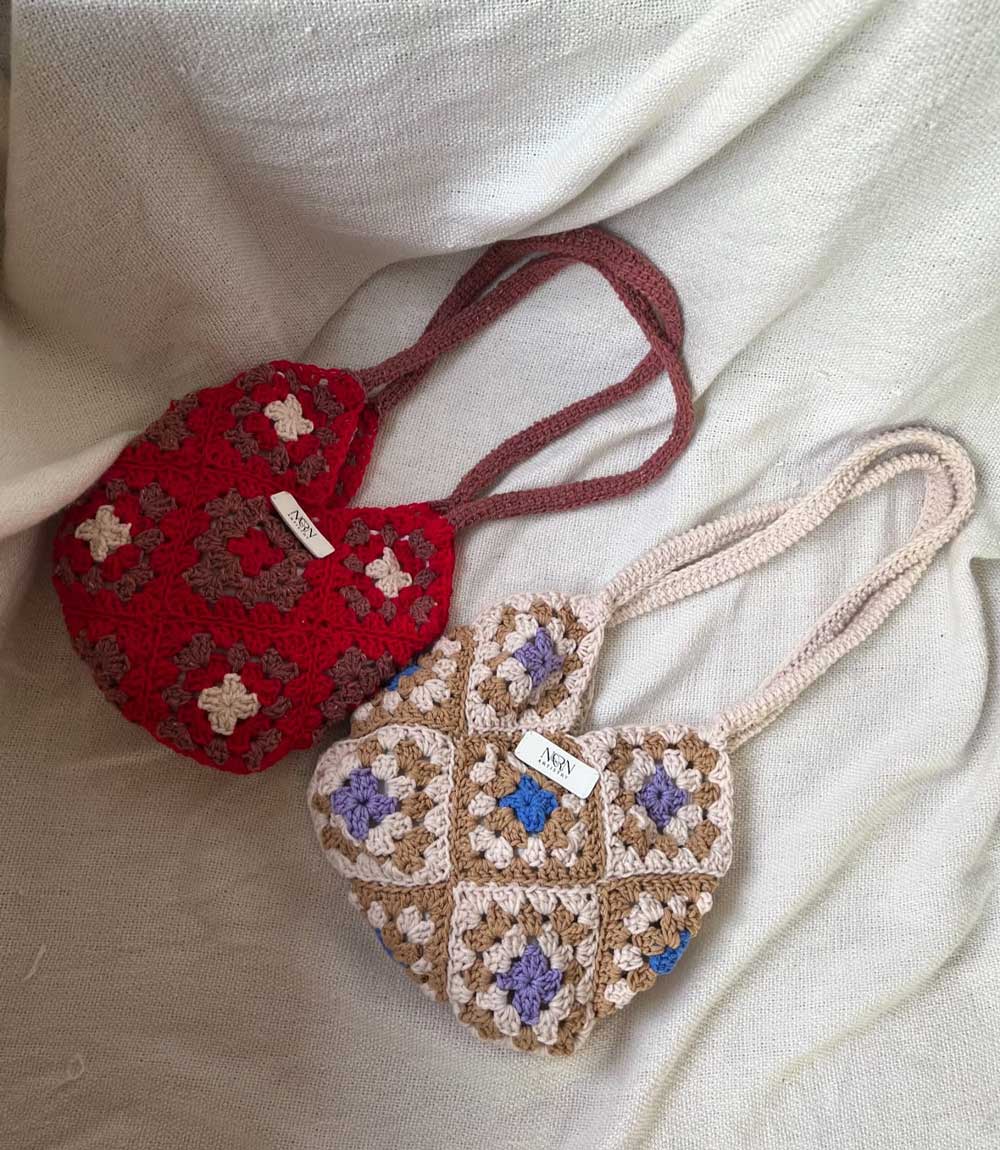
Image Source: Instagram/norn.artistry
Turn Black
Turn Black’s clothing with Kantha embroidery proves that minimalism and tradition can coexist. Their pieces pair contemporary silhouettes with delicate, hand-done kantha, showing that craft can elevate even the simplest forms.
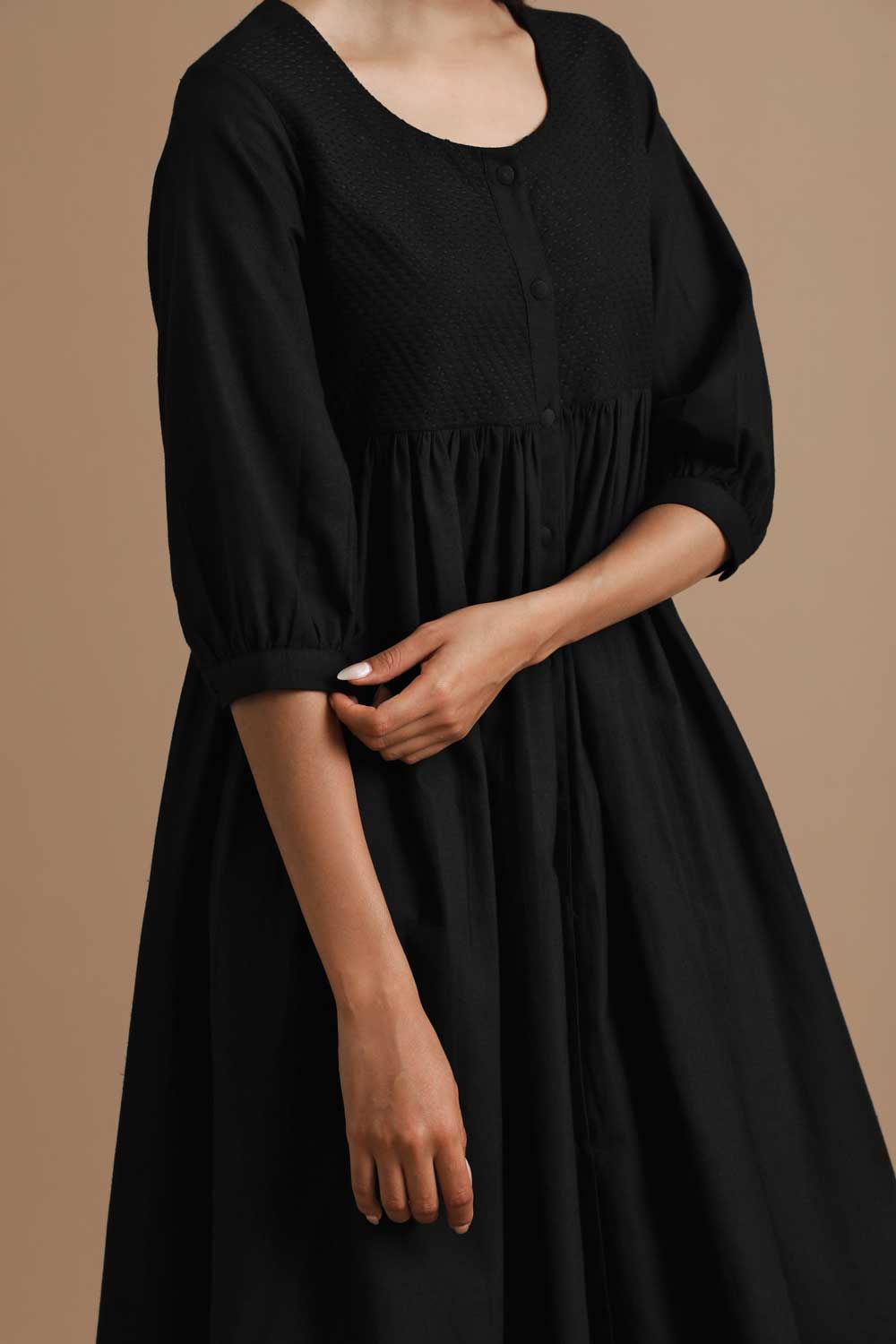
Image Source: turnblack.in
Rkive City
Rkive City stands out for its quirky, artsy take on sustainability and heritage. Their collections feature visible stitching, handmade accents, and nostalgic needlework like cross-stitch and kantha used in refreshingly modern ways. They blend Y2K influence with Indian textiles, speaking directly to a Gen Z audience.
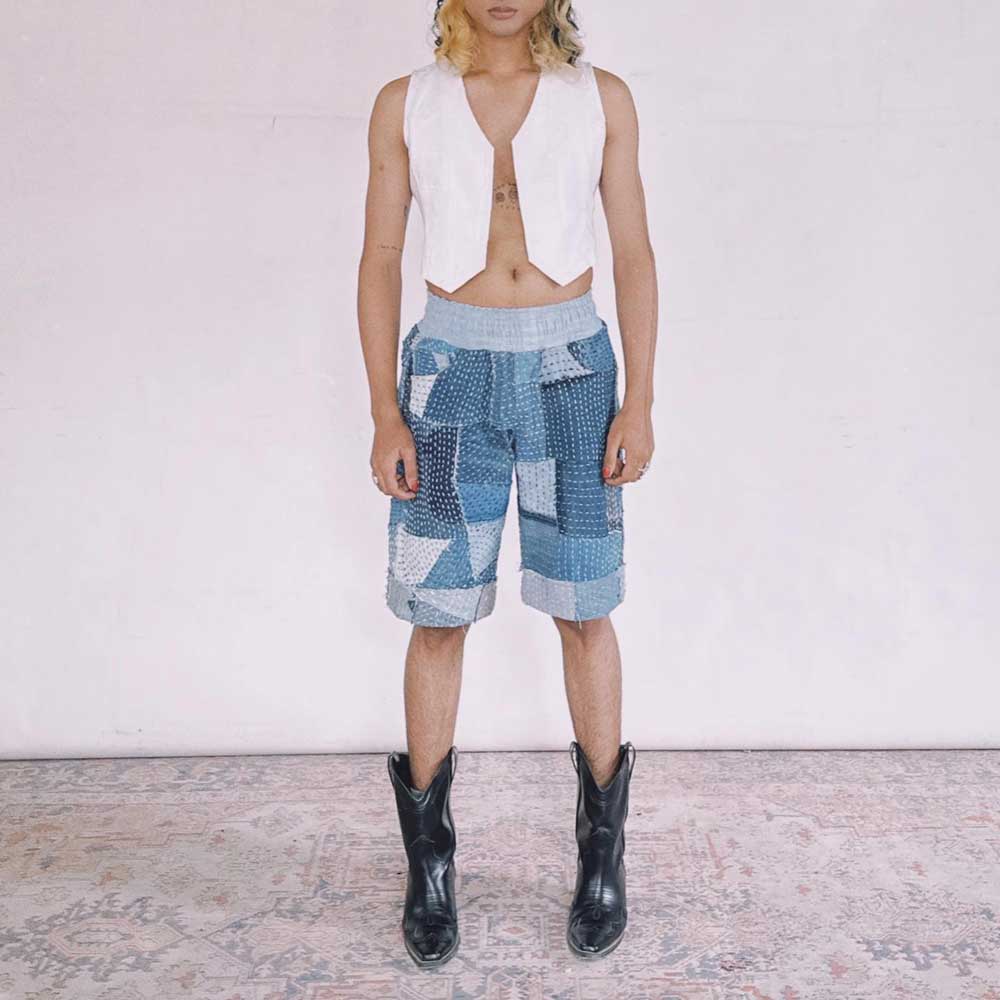
Image Source: Instagram/rkivecity
Gully Labs
Homegrown streetwear brand Gully Labs’ shoe line with intricate hand embroidery is a celebration of local craft and design. It's rooted in Indian embellishment traditions yet reimagined for the urban wardrobe.
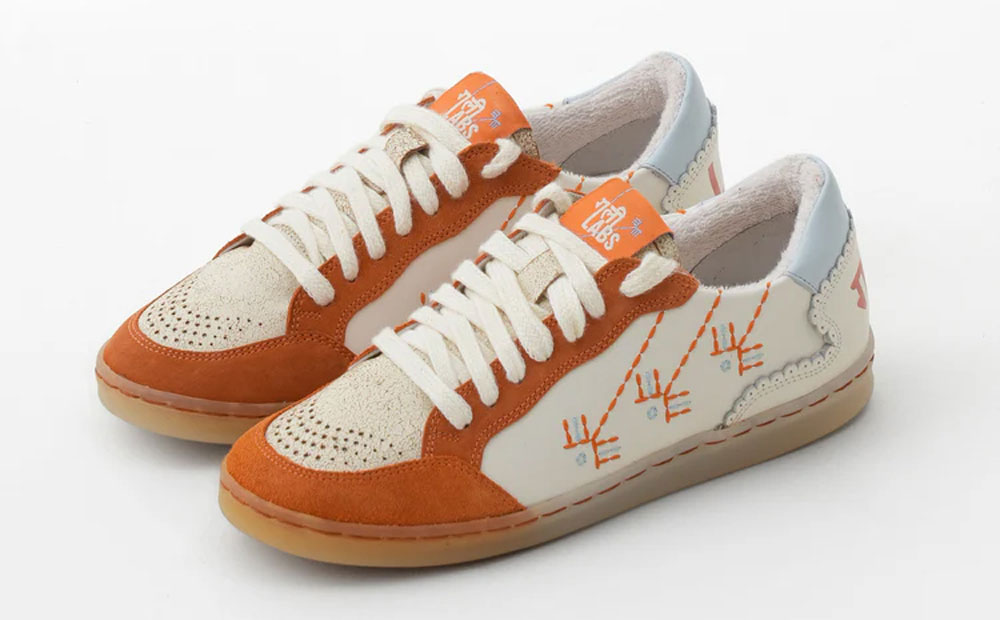
Image Source: gullylabs.com
Capisvirleo
Capisvirleo combines timeless crochet techniques with high-fashion tailoring to create pieces that are both nostalgic and current. Its pieces are handcrafted with delicate patterns and feminine detailing and honouring the slow, meditative quality of crochet while appealing to the modern Indian woman. With a focus on handcrafted luxury, Capisvirleo redefines “elevated basics” by rooting them in Indian textile traditions.
Image Source: ensembleindia.com
Kanvas
Here’s another brand proving Kantha is not just for clothes! Kanvas merges Ajrakh block printing with kantha embroidery on Oxford shoes- a brilliant example of how craft can travel across categories. These are wearable art pieces that walk the talk of sustainable design.
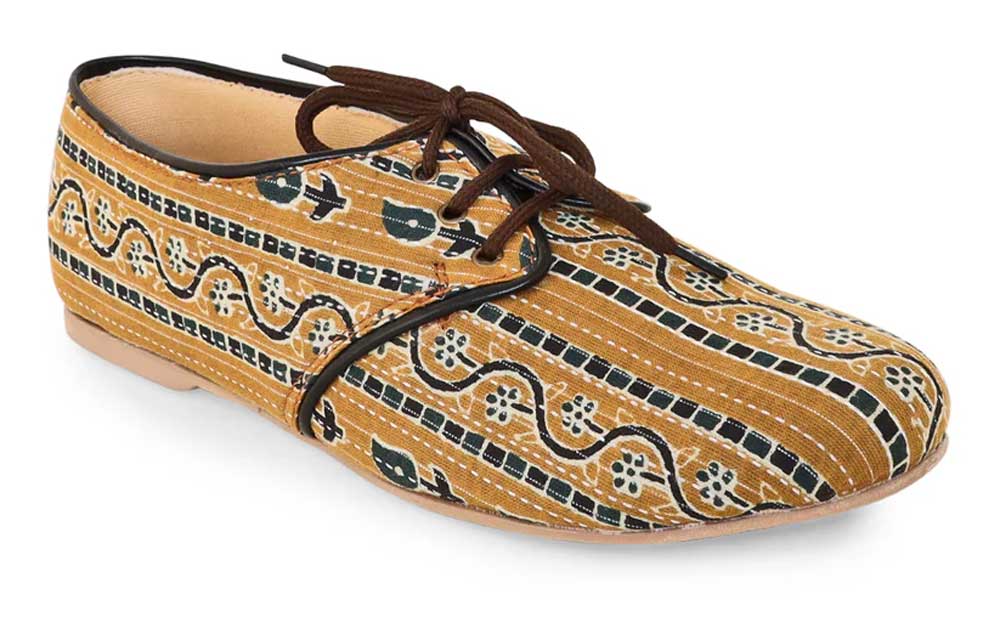
Image Source: kanvas.world
Ajoobaa
Ajoobaa brings a playful, Y2K-meets-artisanal edge to the current craft revival. With bold colour blocking, youthful silhouettes, and hand-crocheted finesse, Ajoobaa reinvents ‘grandma craft’ for the Instagram generation. Made by artisans in India, each Ajoobaa piece celebrates slow fashion with a cheeky twist. Whether it’s a crochet halter, a kitschy vest, or a colour-pop cardigan, the brand proves that crochet can be both ethical and cool.
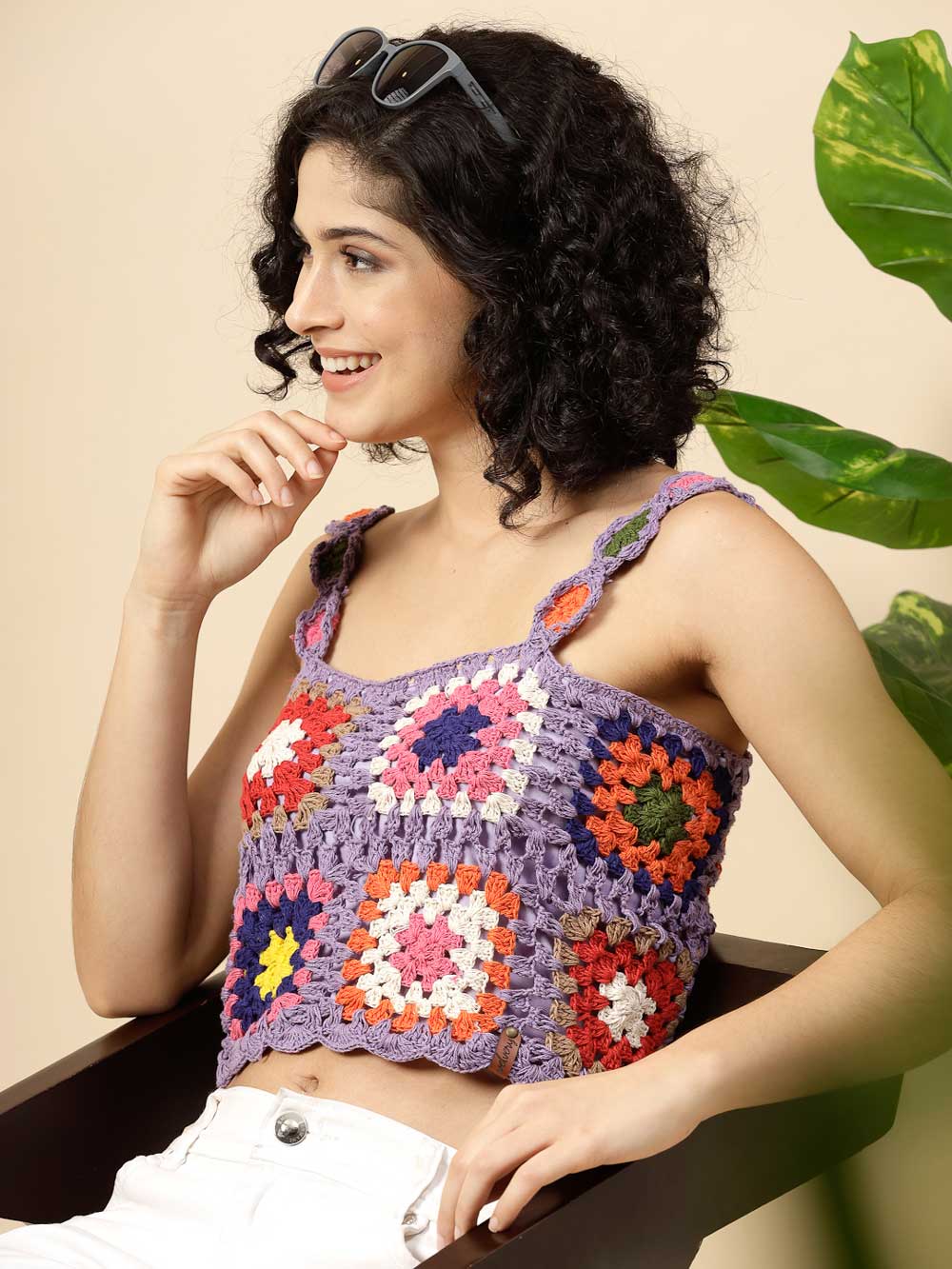
Image Source: ajoobaa.in
What This Comeback Really Means
This isn’t just nostalgia. It’s a reclamation. A revaluing of feminine labour. A response to a fashion world that often sidelines the handmade. When a 24-year-old wears a kantha jacket or hand-crochets her own crop top, she’s not just honouring tradition, she’s also resisting a system that tells her faster and newer is always better.
By tying fashion with memory, mindfulness, and meaning, these crafts prove they were never just for dadi. They were always for US, just waiting to be picked up again.